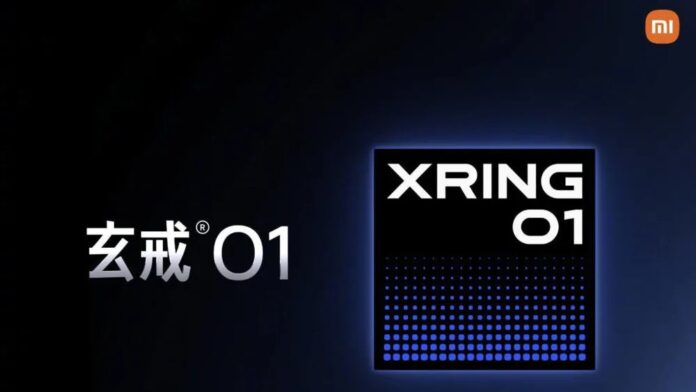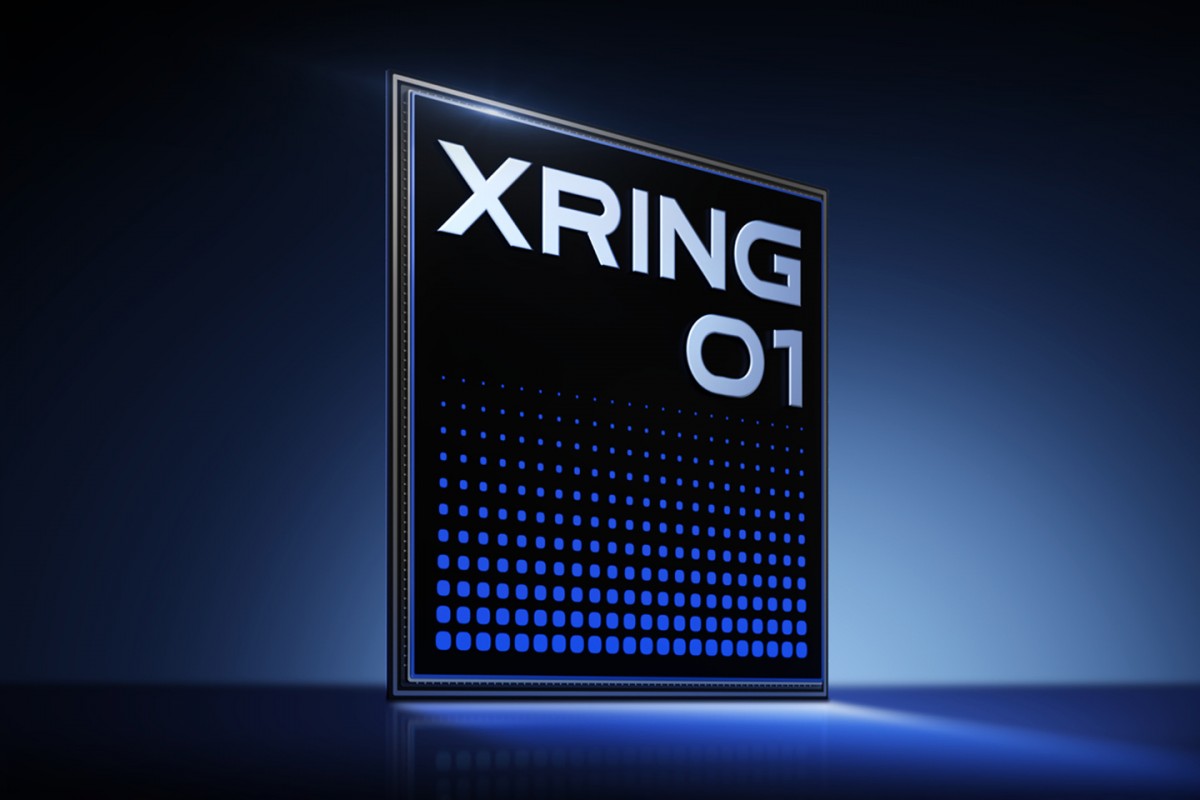Xiaomi appears to be moving closer to creating a vertically integrated hardware ecosystem. After releasing its proprietary XRING 01 chip, the company is reportedly developing a replacement that could power future automobiles, as well as other devices, in addition to smartphones, tablets, and smartwatches.
The notion that a single chip design may be altered to fit widely disparate product categories is more intriguing. Theoretically, XRING O2 might be used in cars, smartwatches, and phones. Xiaomi should find it simpler to integrate services and software across devices as a result.
It is anticipated that TSMC’s 3nm N3E manufacturing node, a variant of the same family utilised for the XRING 01, will serve as the foundation for the XRING O2. The N3P node is likely to be employed by rivals such as Apple, Qualcomm, and MediaTek for their upcoming flagship chips.
There are rumours that all the major silicon manufacturers will switch to 2nm chips after that. However, export limitations on the EDA tools needed for advanced chip design may prevent Xiaomi from accessing newer nodes, such as 2nm. Performance wouldn’t be severely hampered, but it may affect how future-proof the platform is.
Xiaomi has not yet made any official announcements, and there is no clear schedule for XRING O2 or the goods it may power. However, the corporation is probably taking its ecosystem goals seriously if the chip is used in both consumer gadgets and automobiles.







